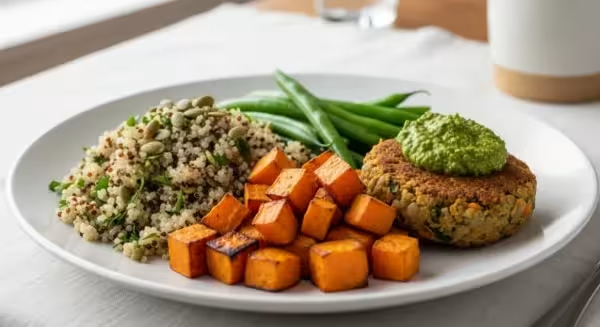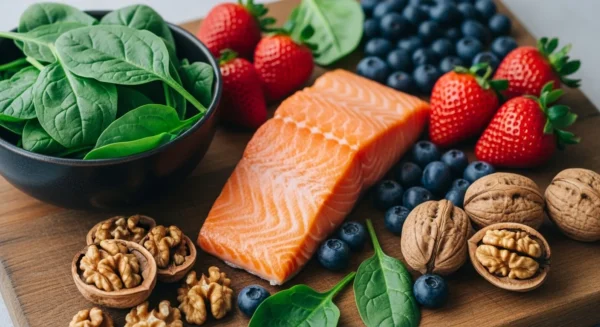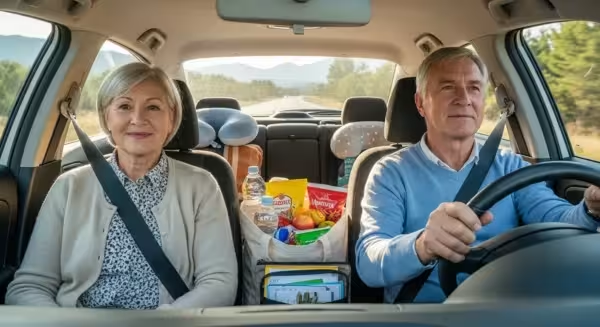
Frequently Asked Questions
Q: Are warehouse clubs like Costco or Sam’s Club really worth the membership fee for a senior?
A: It depends on your lifestyle. If you are a single person or a couple with limited storage space, the membership fee may not be worth it, as you might struggle to use bulk items before they expire. However, if you have ample pantry or freezer space, regularly use non-perishable items, or can share a membership with a friend or family member, the savings can easily outweigh the annual fee.
Q: I don’t have a smartphone. How can I get grocery savings without digital coupons?
A: You can absolutely save a significant amount of money without a smartphone. Focus on the timeless methods: meticulously combing through the weekly paper flyer, clipping coupons from the Sunday paper, buying store brands, planning your meals, and always asking about senior discounts. These foundational strategies have worked for decades and remain highly effective.
Q: Is it cheaper to buy pre-cut vegetables and fruits?
A: Almost never. You are paying a high premium for the convenience of having someone else do the chopping. Buying whole fruits and vegetables and prepping them yourself at home is one of the easiest ways to cut your produce costs. A whole pineapple, for instance, is often a fraction of the cost of a small container of pre-cut chunks.
Q: My income is very low. Are there government programs that can help with food costs?
A: Yes, there are several programs designed to help. The most well-known is the Supplemental Nutrition Assistance Program (SNAP), which provides eligible low-income individuals and families with an electronic benefits card to buy food. You can check your eligibility and apply through your state’s social services agency. Additionally, many local senior centers and food banks offer meal programs or food pantry services.
Q: What’s the best strategy to avoid impulse buys in the store?
A: The best defense is a great offense: your shopping list. Beyond that, try shopping the perimeter of the store first. This is where fresh produce, meat, and dairy are typically located. The center aisles are full of processed, pre-packaged foods that are designed for impulse buys. By getting your essentials first, you may have less room in your cart—and your budget—for unplanned extras.
For official information on Social Security and Medicare, visit SSA.gov and Medicare.gov. Federal tax information is at the IRS.
To protect yourself from scams and for consumer information, consult the Consumer Financial Protection Bureau (CFPB) and the FTC.
Disclaimer: This article is for informational purposes and is not a substitute for professional financial or tax advice. Consult with a certified financial planner or tax professional for guidance on your specific situation.















